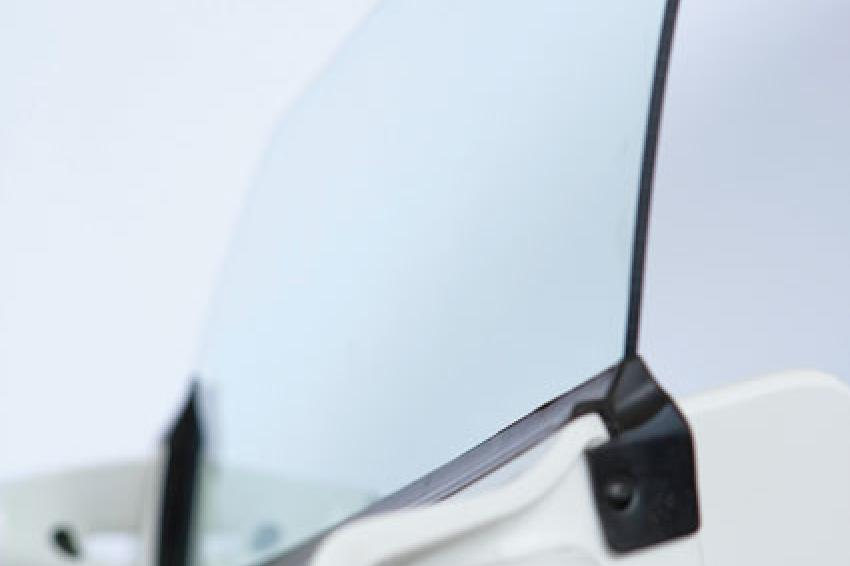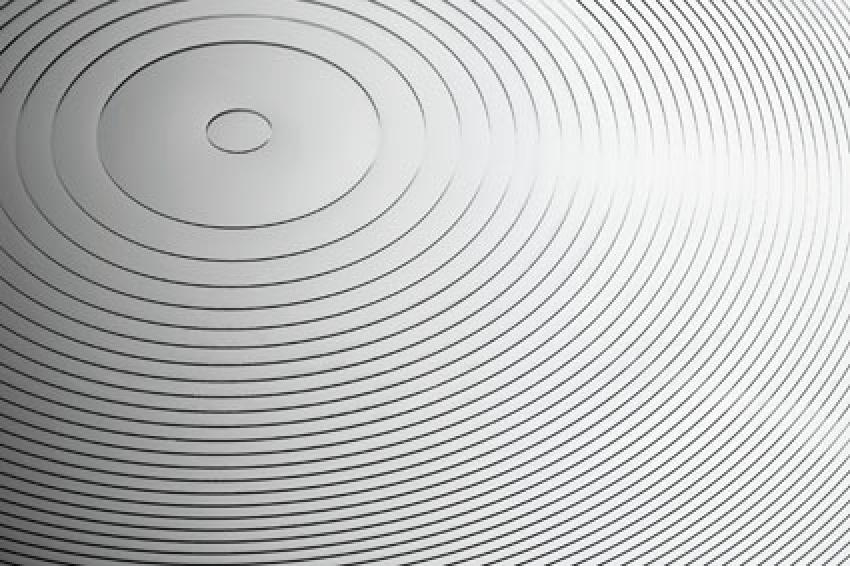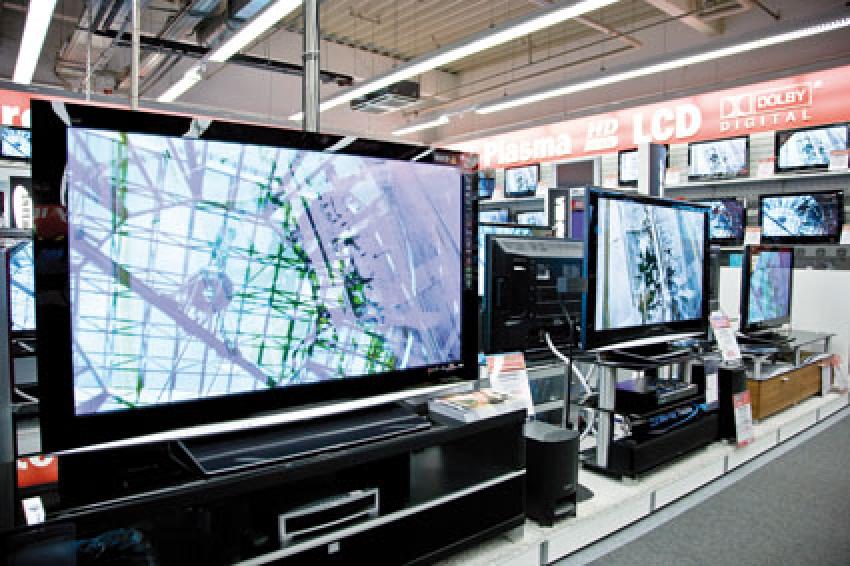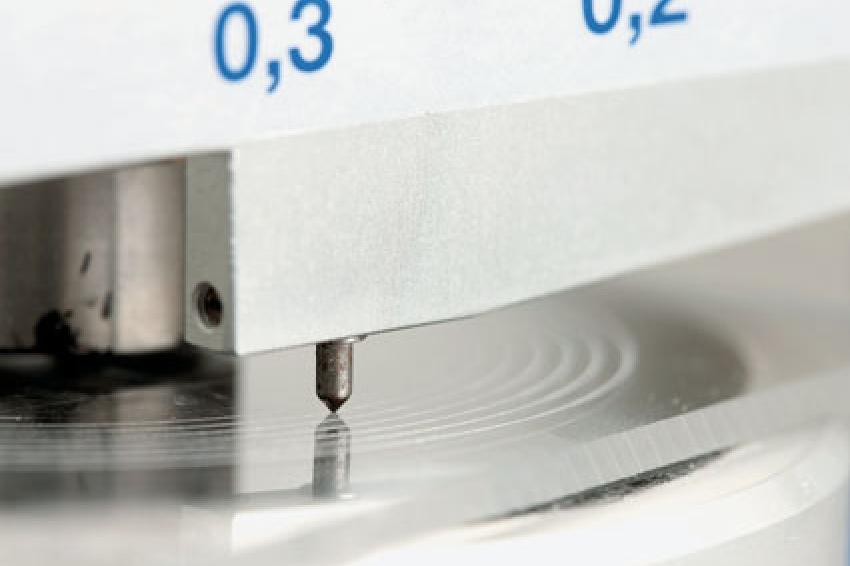Visions Of Plastics
How to Transform Yesterday’s Visions in Today’s Realities
As resources dwindle and energy demands increase around the globe, altogether new markets are emerging for innovative solutions using plastics. And those new markets are discernible in very different areas of industry-in the solar energy, consumer electronics and automotive industries, for example. What are needed are solutions that use few resources and enhance efficiency.
The automotive sector offers a very vivid example-namely lightweight construction, which is increasingly a focus for developers. German manufacturers of premium-model cars, in particular, are facing a shift in paradigm to enable them to satisfy legally prescribed CO2 targets as well as customer demands for better fuel economy. Improved engine and alternative drive technology alone produces only inadequate levels of incremental improvements. That is why significant weight reductions - of the kind only achievable on the back of innovative plastics concepts - are the number-one item in the specifications for new models. This is a market with good prospects. Whereas only 15 % of the material used in cars today is plastics, the share is likely to increase to as much as 35 % over the next 10 years, predicts Gregor Hetzke, President of the Performance Polymers Business Unit at Evonik Industries.
Automotive Glazing
One typical example is plastic glazing systems for vehicles. This type of glazing can be made either of monolithic material such as polymethyl methacrylate (PMMA, Plexiglas) or produced as multilayer systems. PMMA glazing is already in use in motor sports. The windows in the Lotus Exige (Fig. 1), for example, are a monolithic solution. Compared to conventional glass, the weight is reduced by around 40 %. Such PMMA solutions also offer automobile designers more design freedom. Another advantage is that PMMA glazing can be produced in any desired coloring. This material additionally boasts qualities such as high transparency, weathering and UV resistance, and impact strength. The resistance of PMMA glazing against stone-chipping is significantly better than of glass.
There is also a major new PMMA topic emerging in car making. The buzzword here is function integration. Developers are already, for instance, working on the integration of lightweight photovoltaic elements into a car roof made of PMMA as a means of generating energy. Developments of this kind do already indicate the significant additional future potential for the development of PMMA solutions in automobiles.
Solar Technology
The same is true in the sector for highly innovative solar technology. This June, Sunovation, a company operating in this sector, presented a solar module at the Intersolar trade fair in Munich, the size of which opens the door to a new dimension. Measuring 1.5 x 4 m, it is the world's biggest lightweight solar module. What's special about this record module is that it uses PMMA. The cover sheet of this lightweight module is made of Plexiglas Solar, a new grade designed for solar applications. The targeted use of this special plastic endows the new solar module with excellent properties: It has very good inherent static qualities, is resistant to mechanical strain and has a permanently highly transparent and robust surface.
PMMA products also offer highly efficient solutions for the field of concentrating photovoltaics (CPV). CPV is considered one of the most effective methods of converting solar energy into electricity. CPV involves using primary lenses to collect light and guide it to solar cells via secondary lenses. To enable greater light yield, structured Fresnel lenses made, for example, from PMMA are used as the primary lenses (Fig. 2). The micro and macro structures bundle sunlight by as much as 1,000-fold. Thus, the volume of light irradiated onto multiple square meters is concentrated onto only a fraction of this area and converted to electricity by special, highly efficient solar cells. Concentrating photovoltaics is an emerging market, but also one of strong growth and much promise-not least, indeed most notably, for PMMA. It is for this growth market that Evonik Industries' new Plexiglas Solar product group offers a comprehensive range of products-from molding compounds and sheet products to complete primary lenses for the entire spectrum of application demands. The result is a higher degree of module efficiency.
One market now experiencing exceptionally rapid growth is that for thin-film solar cells. And there is a special PMMA-based product that plays an important role in this particular sector of the solar-energy industry. For the full economic potential of thin-film solar cells can only be realized if solar modules are manufactured in a roll-to-roll process. Evonik has now developed the proverbial missing link in the chain of continuous manufacturing. Its product is a new, highly transparent and at the same time weathering-resistant PMMA-based barrier film developed at one of its project houses.
Flat-screen TVs
The sector for consumer electronics remains an exciting one for solutions made of PMMA. The undiminished boom in flat-screen devices (Fig. 3) is an important circumstance in this context. Various television manufacturers offer current-generation liquid-crystal-display (LCD) televisions with a much reduced depth. Even devices with a 40" diagonal now have a standard compact depth of less than one centimeter. The trend is driven not only by the elegantly slim design of the devices, but also by their excellent energy efficiency, which has been able to be increased significantly against the levels of efficiency afforded by hitherto conventional LCD TVs. In the LED concept, light is coupled into a light guide panel along the outside edge and then decoupled across the entire surface of the light guide using a variety of mechanisms that guide the light. Given its excellent optical properties, PMMA is the only viable light-guiding material for the purpose. This is a major field of application for PMMA. Production Methods
Aside from product innovations, the development of ever better and more efficient production methods continues to be a predominant focus of the plastics industry. In cooperation with KraussMaffei, a machine manufacturer, Evonik has introduced such a new method to the market. The process named CoverForm is a system solution that enables injection-molded plastic parts with a functional surface to be manufactured in a single-step process. While KraussMaffei developed the necessary machine technology, Evonik came up with the required product combination: A special Plexiglas molding compound (Plexiglas cf) combined with an acrylate-based, solvent-free multi-component reactive system for functional coating designed precisely to harmonize with it. The new CoverForm system solution substantially reduces manufacturing costs for plastic parts resistant to abrasion and chemicals, since it does away with the time-consuming and costly need for subsequent coating (Fig. 4). CoverForm-processed plastic parts are ready for use as soon as they come out of the injection-molding machine. Yet another contribution towards measurably reducing resource input!
As these examples show, the fields of application for new products and techniques vary greatly. The one thing they do have in common, however, is that they illustrate how it is possible to transform yesterday's visions into today's realities in plastics.










